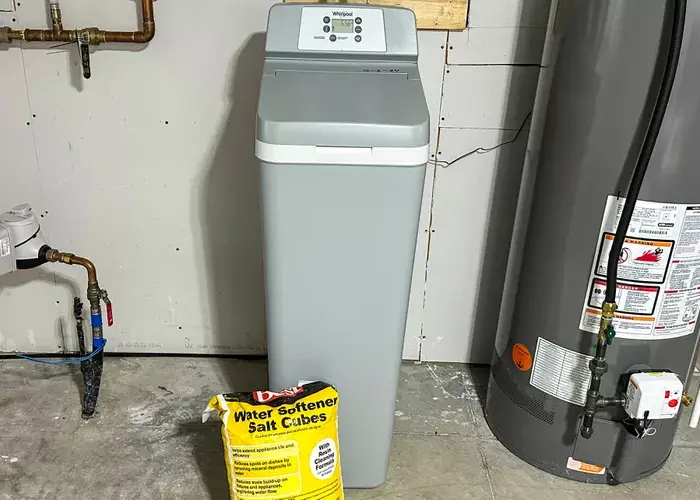The semi-permeable membrane used in reverse osmosis has tiny pores that allow water molecules to pass through while blocking larger molecules such as minerals, salts, and other impurities.
Reverse osmosis involves applying pressure on the water being treated to overcome the natural osmotic pressure and force it through the semi-permeable membrane. The pressure applied must be higher than the osmotic pressure to allow pure water to pass through the membrane while blocking impurities.
The reverse osmosis process involves four main stages, namely pre-filtration, pressurization, membrane filtration, and post-treatment.
- Pre-filtration
In this stage, the water is passed through a pre-filter to remove any large particles, sediment, or debris that may clog the membrane. The pre-filter is usually made of materials such as activated carbon or sediment filters that trap impurities and debris, thus protecting the semi-permeable membrane from damage.
- Pressurization
After pre-filtration, the water is pressurized to increase its flow rate and force it through the semi-permeable membrane. The pressure applied should be higher than the osmotic pressure of the water being treated. Osmotic pressure is the pressure required to prevent the movement of water molecules through a semi-permeable membrane from an area of lower solute concentration to an area of higher solute concentration.
- Membrane Filtration
The pressurized water is then passed through the semi-permeable membrane, where impurities and contaminants are removed. The membrane consists of tiny pores that only allow pure water molecules to pass through, while blocking larger molecules such as minerals, salts, and other impurities.
The RO membrane is usually made of synthetic materials such as polyamide, polysulfone, or cellulose acetate. These materials have a high tolerance for high pressure and can withstand the corrosive effects of the water being treated.
- Post-treatment
After the water has passed through the membrane, it may still contain some impurities and minerals that need to be removed. In the post-treatment stage, the water is passed through a final filter or other treatment processes such as UV disinfection or pH adjustment to remove any remaining impurities and make it safe for consumption.








